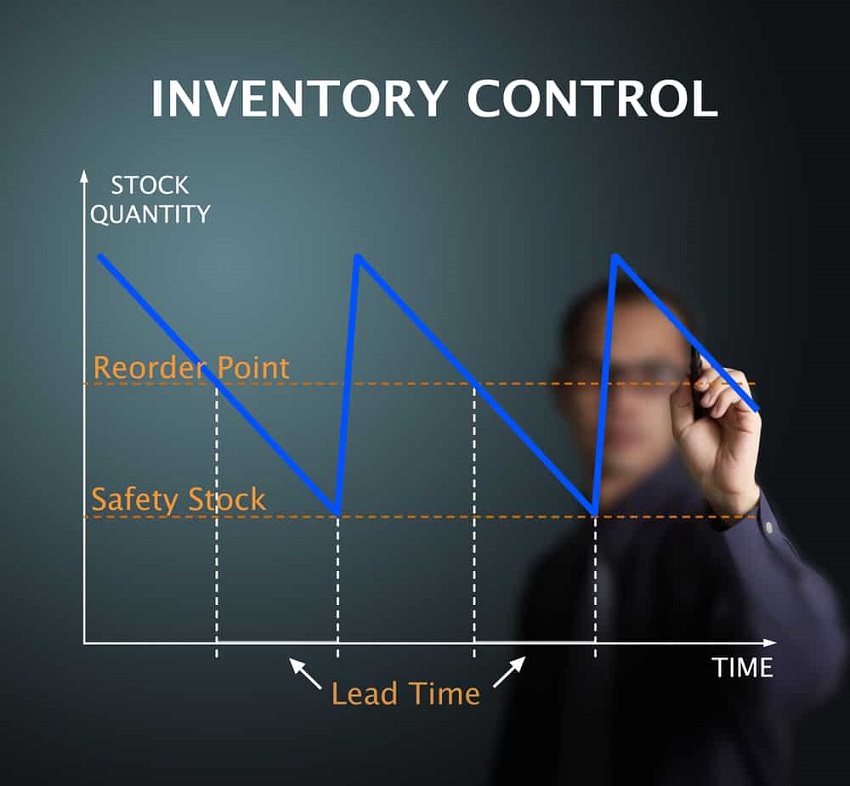How to Increase the Effectiveness of Your Inventory Plans by Utilizing Data From Data Driven Insights

There is a lot of guesswork involved in inventory planning. Many people are trying to find out what works and what does not by trial and error. The good news is that there are ways to use data from data-driven insights to make sure your inventory plans are getting better results. Below are ways to increase the effectiveness of your inventory plans by utilizing data from Data-Driven Insights.
Percentage of Heavy Inventory Overage of Products
Since there is no shortage of suppliers, it is impossible to avoid overstocking products. The problem with overstock is that it has a high chance of sitting in the inventory for a more extended period. A lot of this overstocking happens because people tend to buy more per order so that they will not run out. Additionally, many product availability comes from different factors. Hence, counting the number of units with overstock in terms of percentage helps you build an accurate picture of your current inventory status.
Average Days to Sell inventory
Inventory management is about keeping enough inventory for customer demand while minimizing costs. Having too much or too little inventory results in higher prices than necessary. Having excess inventory also creates other problems such as space and handling costs. Therefore, it is vital to have a good idea of how long the inventory spends in your company. The average days to sell inventory metric helps you see how long it takes for a specific type of inventory to be sold. The information can help you determine what kinds of products need more or less attention from your inventory management team and suppliers.
Inventory Turnover Rate per Order Type
In a typical retail store environment, sales reps collect orders from customers. They send them to the warehouse staff. The staff fills these orders, picks them up, and delivers them to customers. The sales team is measured on how many successful orders were completed in a day or week. They are also measured by how much sales volume they generate for the company. Ideally, a company would want the sales reps and sales team to be calculated on the number of orders filled for customers. However, companies often use a different metric to measure sales efficiency. For instance, the inventory turnover rate per order type helps you estimate how efficiently your sales team turns over inventory as they place an order.
Incoming Inventory Turnover Rate
Inventory planning plays a vital role in bringing order placement to completion by generating sales for businesses or brands/products. The inventory management system plays an integral role in ensuring that an optimal amount of stock is available and prompt. The inventory turnover rate metric helps you measure how fast your incoming inventory turns into sales or turns over in terms of units sold. Suppose more units are turned over within a shorter period. This means business is doing well on this metric. If the quantity sold is lower than expected, it can be attributed to various reasons. This includes incomplete customer orders and delivery delays from suppliers.
Product Compliance
Inventory management has a lot to do with ensuring that all products are compliant with all regulatory bodies. Inventory planning entails ensuring that the supply chain is not running into any problems. Suppose a product is rejected because it does not comply with regulations. This may lead to bad PR for your brand/business. It can also keep you from getting more orders. Therefore, it is crucial to track the compliance rate of your product or brand. You can use data from data-driven insights to track this metric. The compliance information helps you understand what your customers are using. It also evaluates how these products are performing for them.
Many other metrics can help you determine how well your inventory performs for your business. However, the above-highlighted metrics are the most common ones. By tracking these metrics, you will be able to make informed decisions about what the firm needs to do. The metrics also help determine what you need to do it to increase the efficiency of your inventory management system. As a result, you improve the overall performance of your company’s inventory and help get more orders from customers.
